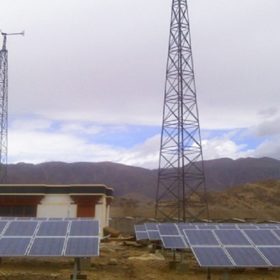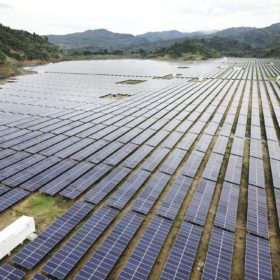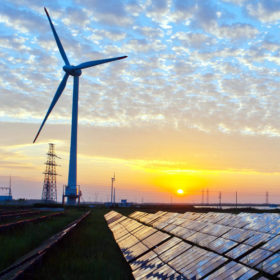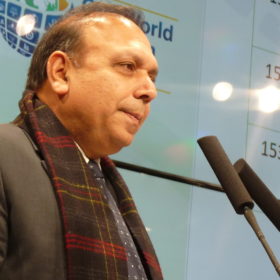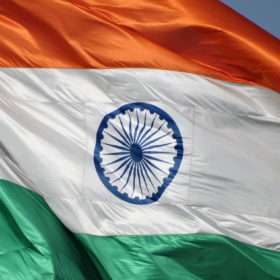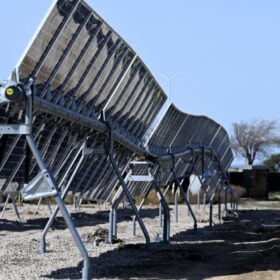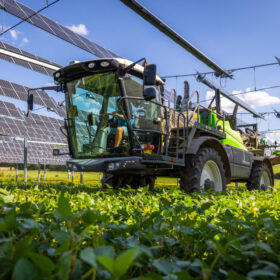Mega-scale solar farms Vs distributed generation with battery storage
Distributed generation with battery storage can revolutionize solar development in India in the shortest time period with minimal investment.
Covid-19 lockdown: MNRE relaxes commissioning time for solar projects
A blanket extension equivalent to the period of lockdown and additional 30 days for normalisation after the end of the lockdown is allowed for completion of solar projects.
Indian electricity sector structural reforms get underway!
The draft Electricity Bill 2020 moves us with a toolbox of structural reforms, towards not only efficient but also a progressive electricity market.
MNRE backs multi-pronged approach to support solar sector
The Indian government is working on the creation of a Rs 10,000 crore (US$1.3 billion) alternative investment fund to provide payments to PV developers.
Government allows solar installation in Covid lockdown, industry to abide by safety protocols
The new guidelines on Covid-19 lockdown permit certain industrial activities, including the construction of renewable energy projects from April 20, 2020, in areas not identified as containment zones of the country. The industry will, however, have to abide by the safety protocols.
Mahindra Renewables completes sale of solar arm to CLP India
CLP India acquired Mahindra Renewables’ complete stake in Divine Solren for Rs 124.47 crore. Divine Solren is a special purpose vehicle formed by the Mahindra group to set up a 50 MW solar plant in Adilabad district of Telangana. The plant was commissioned in 2017.
Covid-19: Solar cell manufacturer CEL to make ICU ventilators, seeks partners
Central Electronics limited—India’s first silicon PV manufacturer—is looking to utilize its expertise and technical competency to ramp up the production of ICU ventilators in the country’s fight against Covid-19 pandemic. The public sector unit has invited global bids from ventilator manufacturers to select partners for production.
IREDA replaces SECI for 12 GW CPSU solar scheme
The financial lender will now oversee the implementation of the second phase of the Central Public Sector Undertaking (CPSU) Scheme which provides viability gap funding (VGF) support for state-run generators to set up 12 GW of solar projects using domestically-made equipment by FY 2022-23.
Covid-19: Challenging times underscore the importance of energy planning and data management
Given the close links between energy and economy, an impact analysis is needed to evaluate the sector and initiate suitable measures against unusual circumstances. Government policy thinktank NITI Aayog is working on a roadmap to improve energy data management system for India. The centralized energy data unit will host all demand and consumption data related to all forms of energy, which can be used by researchers, policymakers and business strategy formulators alike.
MNRE extends ALMM enlistment date for solar cell and module manufacturers
Due to temporary disruptions caused by Covid-19 epidemic and the current lockdown, the Ministry of New and Renewable Energy (MNRE) has notified six months extension in the effective dates for the Approved List of Models and Manufacturers (ALMM). The list is now set to apply from the end of September 2020.
